

© Montréal International
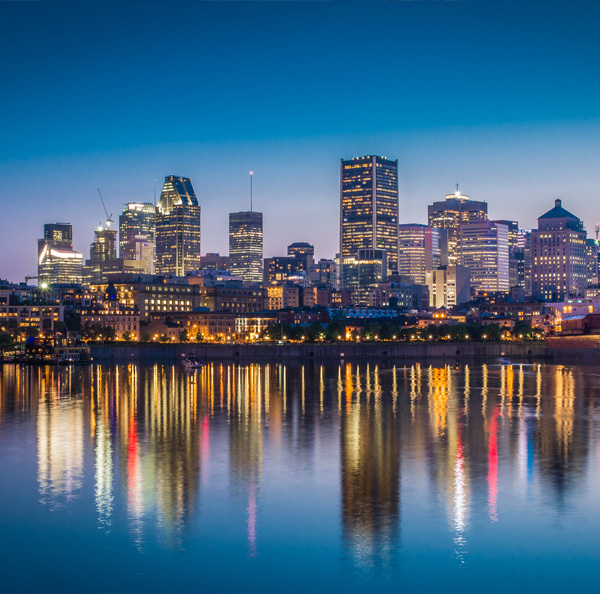
Island of Montréal
Stretching along the St. Lawrence River, the Montréal agglomeration, encompassing 16 municipalities, is the second-largest city in Canada.
- Over 2M inhabitants
- 70,000+ businesses and 350+ headquarters in cutting-edge sectors such as AI, life sciences, aerospace, clean technologies, and IT
- Presence of global leaders such as Samsung, Microsoft, Insilico Medicine, Ricardo, 7Gen, and many more!
- 3rd largest city for international organizations in the Americas
Laval
Located between Montréal and the North Shore, the third most populous city in Québec is known for its diverse economy.
- 438,000+ inhabitants
- 13,300+ businesses in sectors such as life sciences, manufacturing, IT, and more
- Presence of global leaders such as Moderna, Biodextris, Wisk Aero, Picacity AI, and many more!
- Home to the Cité de la Biotech, a 1.2 million square meter hub dedicated to life sciences and high tech
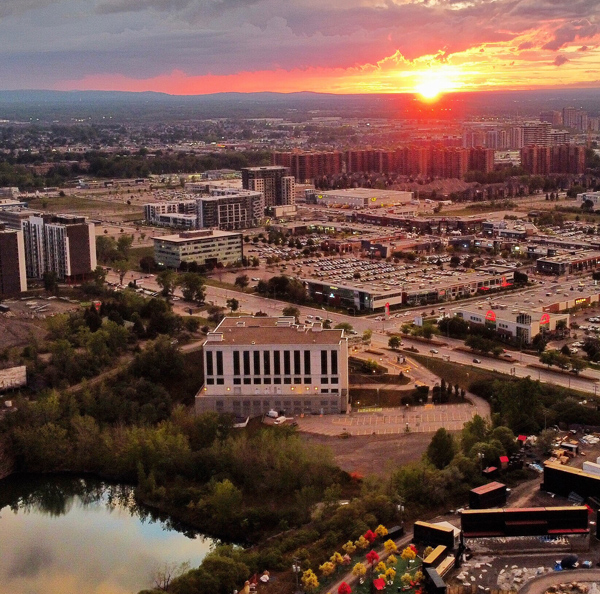
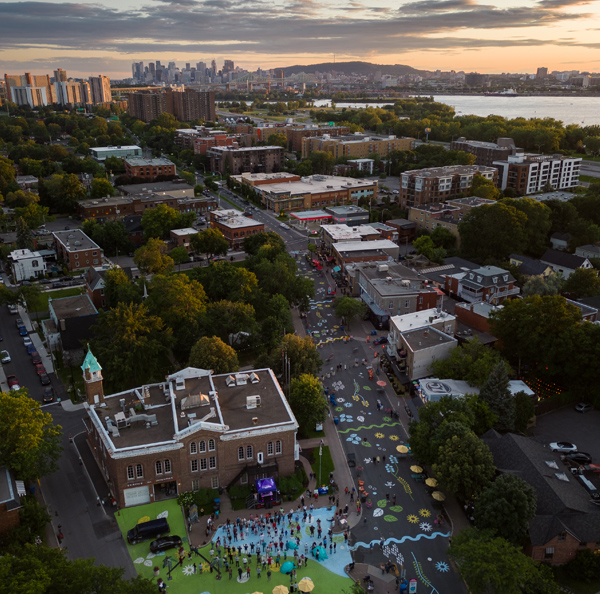
Longueuil
The fourth largest agglomeration in Québec, Longueuil consists of 5 municipalities that stretch across Greater Montréal’s South Shore, directly along the St. Lawrence River.
- 436,000+ inhabitants
- 13,200+ businesses in key sectors such as agri-food, aerospace, transportation equipment, manufacturing, and more
- Presence of global leaders such as Danone, H55, Blue Solutions, Delpharm, and others
- DEL Accelerator, a vast network and investor coaches supporting startups from inception to internationalization
North Shore
Greater Montréal’s North Shore encompasses 20 municipalities, numerous parks and industrial sites, as well as a vibrant innovation ecosystem.
- 600,000+ inhabitants
- 19,000+ businesses in key economic sectors such as aerospace, sustainable transportation, agri-food, and manufacturing
- Home to numerous leaders such as Airbus, Lion Electric, HRVST, Bauer, General Dynamics, and many others!
- Features Zone Agtech, an innovation ecosystem dedicated to the agriculture of tomorrow, focusing on improved performance and resilience
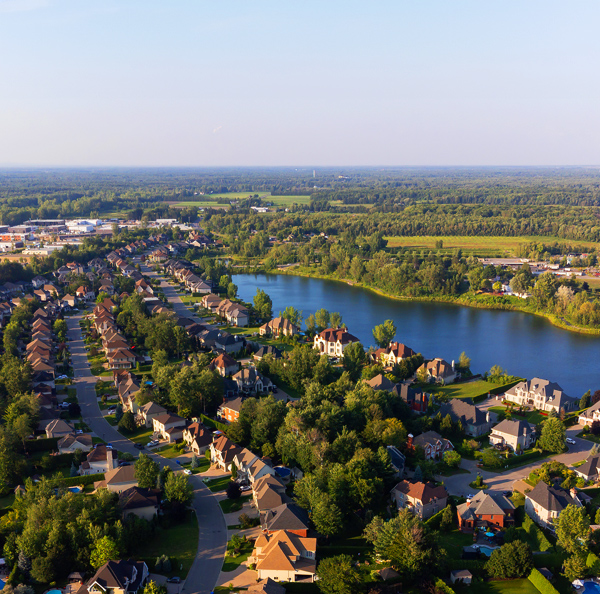
Ville de Blainville
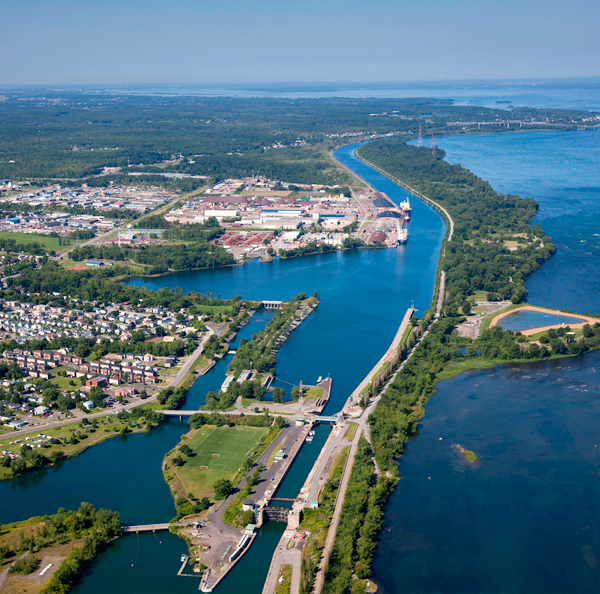
MRC de Rousillon
South Shore
The South Shore encompasses 40 municipalities, accounting for nearly half of those in Greater Montréal.
- 530,000+ inhabitants
- 15,000+ businesses in sectors such as transportation, manufacturing, IT services, and more
- Home to numerous global leaders such as Toyota, Excelitas Technologies, ABB Hitachi, Synechron, Audensiel, and others
- Features over 20 industrial parks and 3 industrial-port zones





